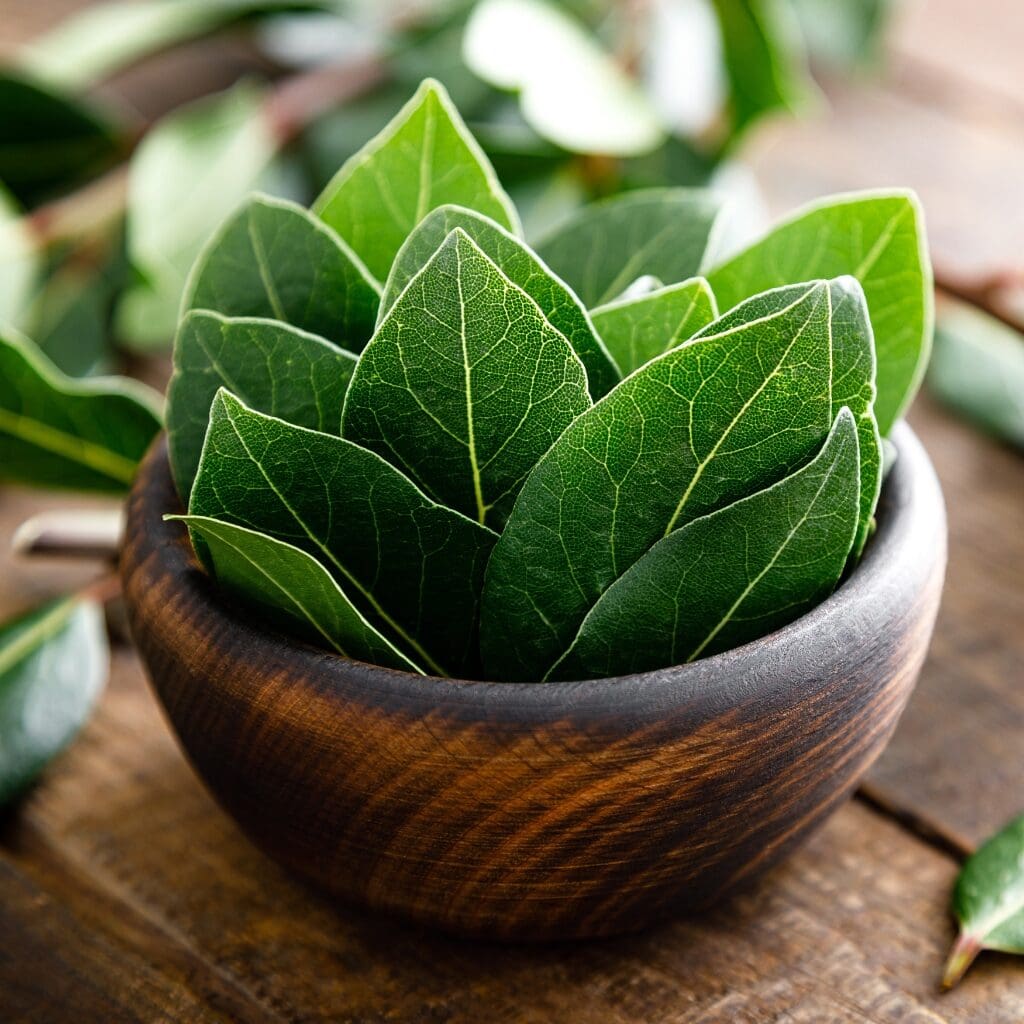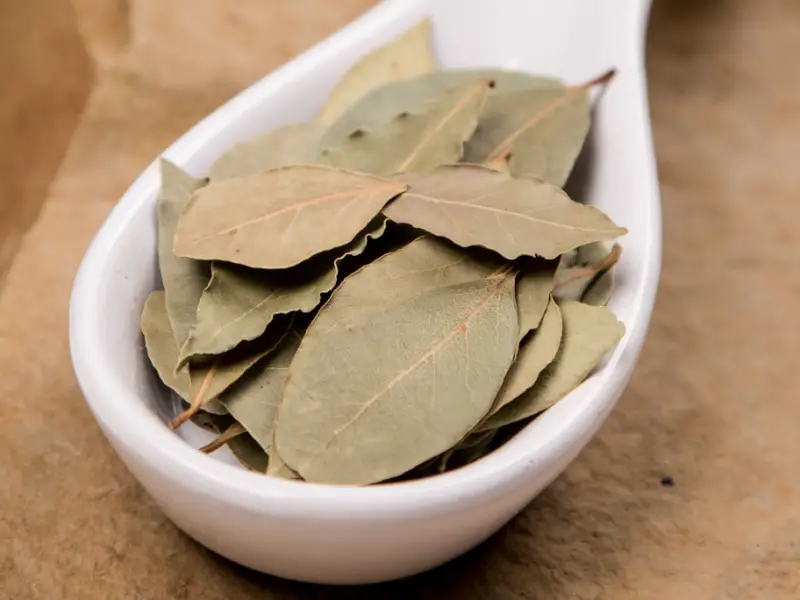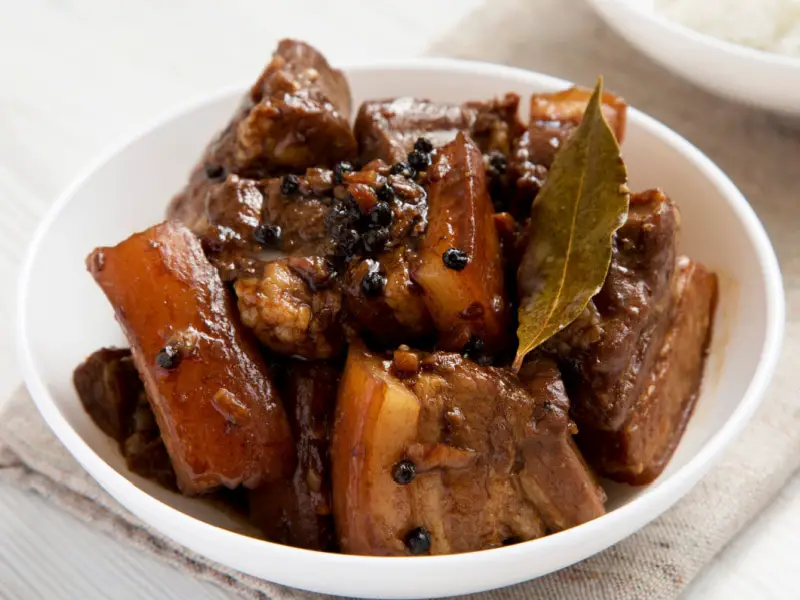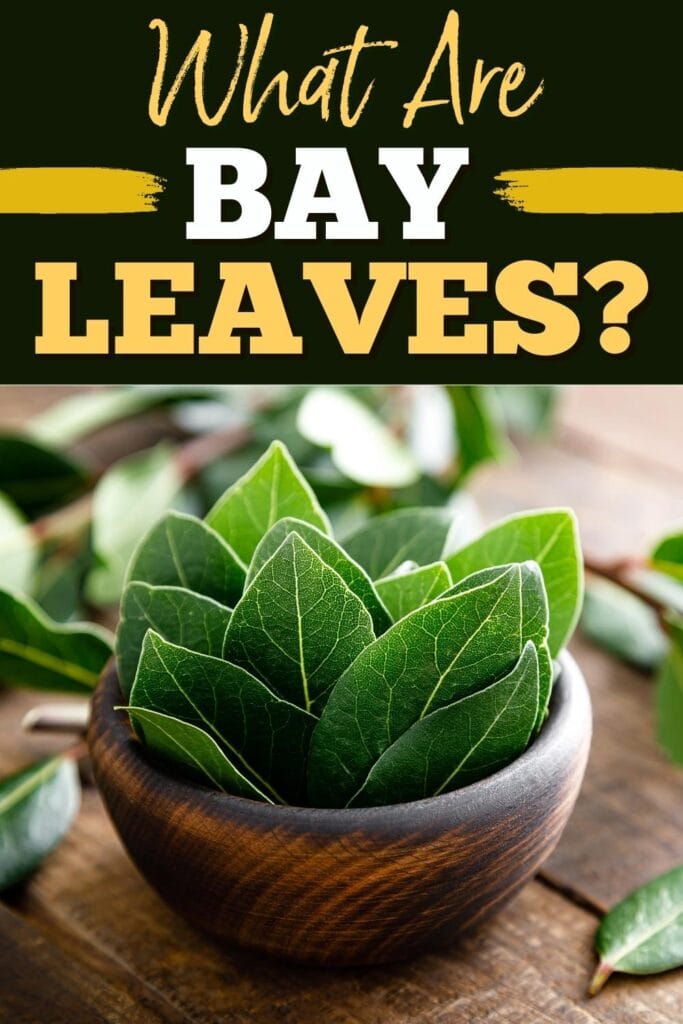



I'm sure you've seen them in soup recipes before. But What are bay leaves? exactly?
If you are curious about bay leaves, you have come to the right place.
Do you want to save this blog post? Enter your email below and we'll send the article straight to your inbox!

These fragrant leaves are a flavor booster! They can work wonders in your kitchen and offer a variety of medicinal properties.
For centuries, bay leaves have been an essential ingredient for cultures around the world.
And yet, this peculiar object remains an enigma.
Can you eat it? What does this taste like? Is it really toxic?
From its origin to its uses, get ready to learn everything bay leaves can do for you.
What are bay leaves?
Before using bay leaves, you need to know the basics. So let's get to work.
Essentially, bay leaf is a bay leaf (Laurus nobilis).
Take a walk down the spice aisle and you'll find these leaves on the shelf.
The dried whole leaf is the most common culinary form, but it can also be found ground.
These thick leaves are an herb primarily used to flavor soups, stews, and sauces.
When they are not cooked, they have a very bitter taste. So I don't recommend biting!
However, when you cook them, they add a woody herbal element to your dish.
Do you want to save this blog post? Enter your email below and we'll send the article straight to your inbox!
They also have a distinctive aroma that comes from their oils.
In addition to its culinary uses, bay leaves are used for their medicinal properties.
They can boost the immune system, aid in digestion, and have antimicrobial properties.
They are also a good source of vitamins, minerals and antioxidants.
Vitamin A, iron, and magnesium are just a few reasons to use these leaves.

Origins of the bay leaf
Bay leaf, sweet bay, Apollo bay, true bay or laurel, this herb is known by many names.
The bay laurel plant itself is from the Lauraceae family and is native to the Mediterranean.
It is an evergreen shrub that can also grow quite tall to become a tree.
Found throughout the world, this cultivar has been around since ancient times.
Symbolizing honor, there are accounts of Greeks and Romans adorning them as crowns.
They were also appreciated during the Middle Ages for their medicinal properties.
Even words like baccalaureate and poet laureate were derived from bay leaves.
The laurel tree is not the only species from which we obtain this herb. Other varieties are grown around the world.
What you should watch out for are toxic varieties, such as mountain laurel and cherry laurel.
Fortunately, you won't find them at the grocery store.

Bay leaf varieties
So how many varieties of bay leaves are there? More than you think!
Californian and Turkish bay leaves are the two most common types you will come across in the culinary world.
Mexican, Indian and Indonesian bay leaves are some others.
Although they are all part of the same plant family, each one has a different flavor.
Turkish bay leaf is the type you will find the most.
This is the variety that comes from the laurel tree I mentioned before.
It tastes like a cross between thyme, cloves and oregano.
California bay leaf (Umbellularia californica), on the other hand, has a stronger flavor and is more aromatic.
Indian bay (Cinnamomum tamala) has a kind of cinnamon flavor, while Mexican bay (Litsea glaucescens) It's subtle
And Indonesian bay leaf (Syzygium polyanthum) can also be a good addition for its sweeter flavor.
So be sure to check the labels. Otherwise, you may get a stronger flavor than you expected.
Can you eat bay leaves?
Although we cook with them, can you really eat bay leaves? This is a common question I hear all the time.
The short answer is yes. The longer answer is that you shouldn't.
Bay leaves are hard. They are not easy to chew or digest for that matter.
Even after cooking, they do not soften much. So while you can eat bay leaves, I wouldn't recommend it.
They are not pleasant to bite on and can present choking hazards.
So it's best to play it safe and remove the leaves from a plate before eating.

How to use bay leaves in cooking
Now comes the fun part, how to cook with bay leaves!
With their unmistakable aroma and distinctive flavor, bay leaves are an excellent culinary herb.
From Spanish to Filipino and Indian cuisines, you'll find plenty of ways to incorporate them into your meals.
The thing to keep in mind is that they are difficult to chew.
Therefore, the leaves are usually added to a dish during cooking and then removed before serving.
As for their uses, they are more versatile than you think.
You can pickle the leaves, add them to a marinade, stuff them with fish, or use them to braise roast meats.
However, the best use is to add them to a soup. One or two sheets is all you need.
Once the soup is ready, simply remove the leaves.
You can also try them in stews and sauces for a tasty addition.
I use them for my beef stew, minestrone, and Filipino recipes like chicken adobo.
As they cook slowly, their herbal flavor will enhance whatever you add them to.
As for shelf life, dried bay leaves will last a couple of years.
However, like all herbs and spices, they will lose their flavor over time.
If using fresh bay leaves, store them in the refrigerator.
You'll also want to use them within a week or two.
Bay leaf substitutes
Are you out of bay leaves? No problem.
There are some substitutions you can use.
Oregano and thyme are the best alternatives. They both have a different flavor that works very well.
Dried basil is also another solution. It tastes a little fresher, but will certainly work in a pinch.
Other herbs I recommend are rosemary and sage.
What you want to remember is that portions are key. So be sure to measure your piles so you don't overdo anything.


